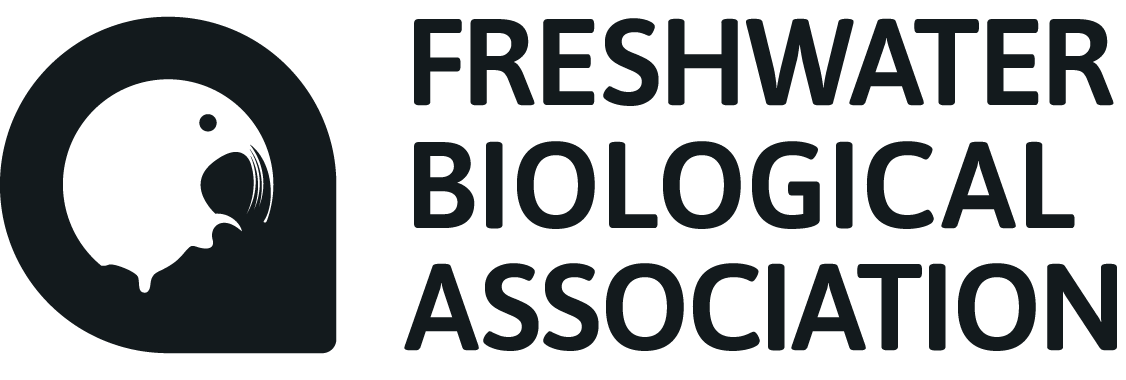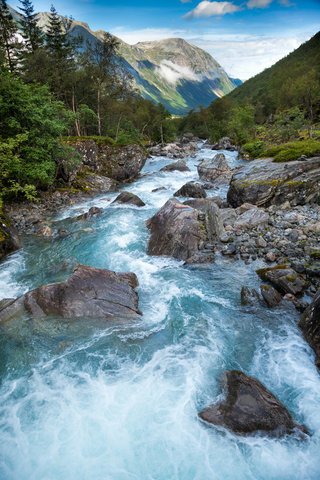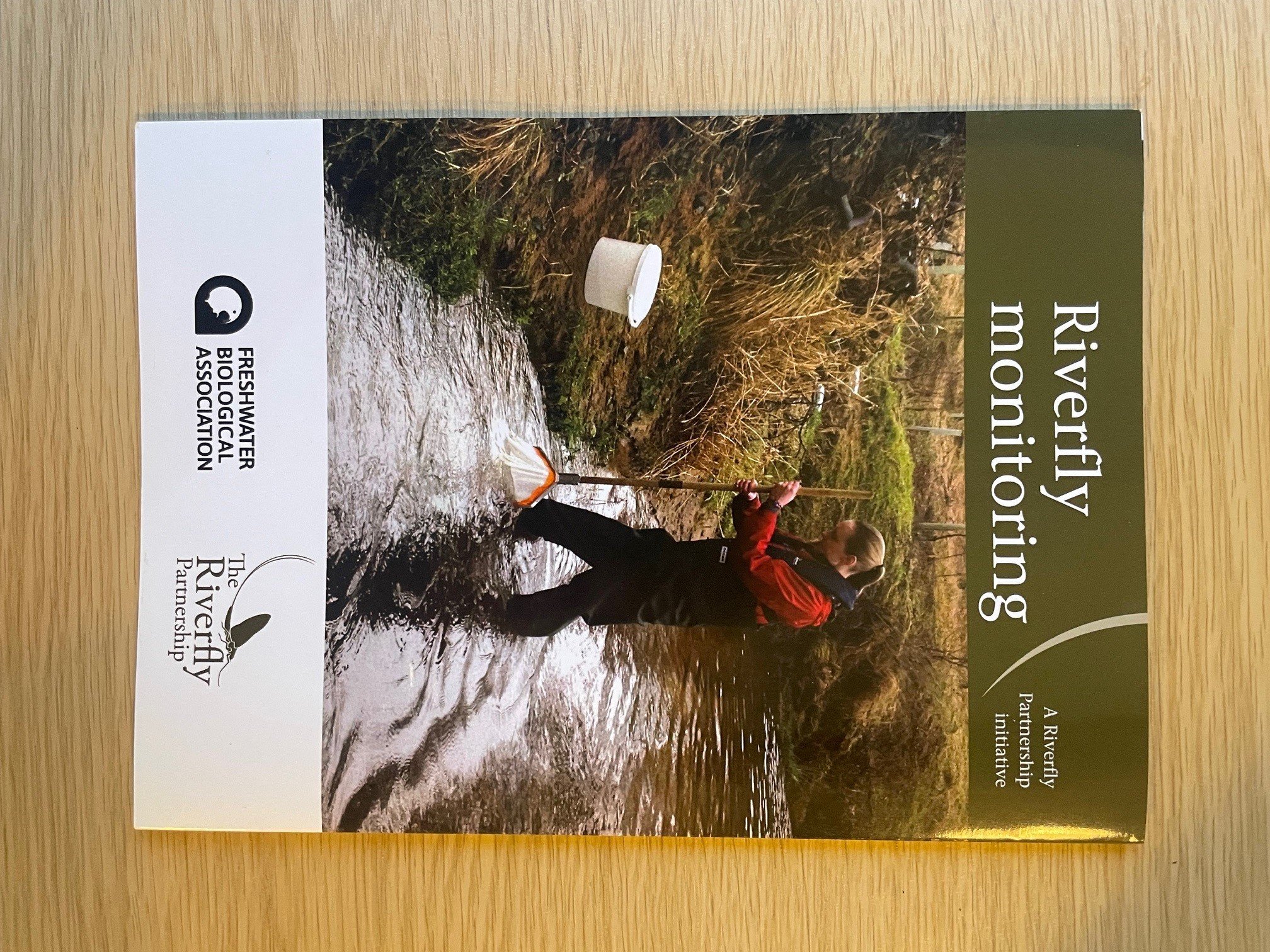Avoiding extinction: Conservation breeding and population reinforcement of the freshwater pearl mussel
20 May, 2024
By Louise Lavictoire (1) & Chris West (2)
(1) Freshwater Biological Association: llavictoire@fba.org.uk; (2) West Cumbria Rivers Trust
Louise Lavictoire is Head of Science at the Freshwater Biological Association (FBA) and leads its Freshwater Pearl Mussel species recovery programme, and Chris West is Project Manager at West Cumbria Rivers Trust (WCRT). Here, long-term collaborators Louise and Chris report a four-year project to reinforce populations of the freshwater pearl mussel in the River Irt, Cumbria and consider what this once-failing population could look like in years to come. This research was published open-access in Diversity By Lavictoire & West (2024).
Edited by Rachel Stubbington, Nottingham Trent University
Rachel is both a Fellow of the Freshwater Biological Association and long-standing Editor of FBA articles. If you would like to submit an article for consideration for publication, please contact Rachel at: rachel.stubbington@ntu.ac.uk
Introduction
Freshwater mussels are among the most threatened taxa in Europe (Aldridge et al. 2023), with the freshwater pearl mussel (Margaritifera margaritifera) experiencing declines of over 90% during the 20th century (Bauer 1988). The species has an incredibly specific habitat niche: individuals require clean, stable gravel habitat with nutrient-poor, highly oxygenated flowing water which is low in calcium (Geist & Auerswald 2007). They also require a salmonid host to complete their life cycle, with their larvae (termed glochidia) spending around nine months on the gills of either salmon or trout, before dropping off in to gravels to continue their growth. They can live to be over 130 years old but degraded habitat quality and land-use pressures mean that most populations now consist solely of individuals over 80 years old.
In 2007, the FBA embarked upon an ambitious project—the Freshwater Pearl Mussel Ark—to return juvenile mussels to English rivers. The Ark involves conservation breeding to help juvenile mussels survive their vulnerable first years after dropping off of their host fish. In 2015, with funding provided by Biffa Award, the FBA and WCRT began large-scale restoration in the catchment surrounding the River Irt (Cumbria), to enhance degraded habitats, improve water quality for the resident mussel population and trial a small population reinforcement with mussels from the Ark. Once estimated to number tens or hundreds of thousands of individuals, the River Irt population had dwindled to only around 300 aging mussels—time was running out to restore this mussel river to its former glory.
Despite extensive catchment restoration activities since 2015, there were still questions about how population reinforcements should be done. Would juveniles survive being moved back to their native river? What size did juveniles need to be to survive in the improved (but sometimes still suboptimal) habitat? Where should they be released? How should success be monitored? To answer these questions, a new four-year project began in 2019 to research what made a juvenile mussel population reinforcement successful (IUCN/SSC 2013).
Methods
In 2019–20, juvenile mussel habitat assessments were made across the Irt catchment, following methods outlined in Killeen & Moorkens (2020). Potential release sites were prioritised based upon the findings and additional information such as historic distribution and any known or emerging threats. Four release sites were selected for initial releases in 2021.
Juvenile mussels reared at the FBA’s Ark project were used for population reinforcements. Mussels were tagged with vinyl numbered tags and PIT (Passive Integrated Transponder) tags to aid monitoring. Juvenile mussels from multiple age cohorts were released at each site in 2021 and 2023, with monitoring informing adaptive management of the release strategy. Released juveniles were between 6–9 years old with shells measuring >15 mm at the time of release.
Results
Figure 1 illustrates the riparian habitat and riverbed substrate at each of the four release sites, which are not named to protect their locations. Sites comprised a small side-channel in the upper catchment (BD); a clean, higher-energy mid-catchment site (PW); and wider, more lowland sites near the river mouth (FG and HB).
Figure 1. The riparian and substrate characteristics at each of the four release sites.
Juveniles ranged from 15–71 mm at the time of release and originated from four year classes (i.e. years they dropped off of their host fish at the Ark), 2008, 2013, 2014 and 2017 (Fig. 2; also see Table 2 in Lavictoire & West 2024). We monitored one site immediately after a release in July 2023 and detected 70% of the 100 individuals that had just been released, highlighting that PIT tag data underestimate the number of mussels retained. Recapture rates ranged from 52-85% at most sites after two winters, except PW, where only around 13% were found from spring 2022 onwards. A significant flood event in October 2021 (exceeded only three times in recorded history, in 1967, 1975 and 2009) likely scoured individuals from PW. Indeed, subsequent monitoring found live individuals scattered over a large area downstream of PW. Whilst no concerted efforts have been made to measure individuals post-release due to the destructive nature of habitat searches, opportunistic measurements taken show that mussels are growing well, and faster in more productive downstream sites compared to nutrient-poorer upstream sites.
Figure 2. A mussel release in progress by Chris West (WCRT) and Siobhan Noade (FBA; left) and tagged mussels being released (right).
Discussion
Freshwater mussel conservation breeding programmes offer a last-resort opportunity to save populations from local extinction but reporting on the outcomes of reintroductions and population reinforcements remains limited.
This study shows that population reinforcements can substantially increase population sizes of the endangered freshwater pearl mussel. Conservation breeding programmes require considerable resources to be successful and it is therefore important that release sites are carefully selected to maximise the chance of survival. Long-term monitoring using PIT tags is key to assess project success, but monitoring is often under-funded, potentially resulting in premature reports of success (Zając et al. 2018), or is not conducted (Cope & Waller 1995), leading to uncertainty about long-term outcomes of conservation efforts. Monitoring using PIT tags showed good survival and retention (52–82%) at three of the four release sites, and these percentages should be taken as underestimates of the number of individuals actually retained on site. It is suspected that juveniles were scoured out of the fourth release site during a major flood event. This loss highlights the importance of selecting sites with stable substrates for this sedentary species and also the importance of ongoing monitoring to record changes in mussel retention over time.
Most of the juveniles released during this study were not yet sexually mature, with only individuals from the 2008 cohort reproducing before their release. As such, it will be at least 5–7 years before they start contributing to the next generation of wild mussels. It is recommended that multiple cohorts should be released across a range of sites and release dates to minimise risks from random events, such as trees falling, floods or pollution incidents. Future population reinforcements of at least 1000 mussels per year are planned for the Irt, to continue to boost this population and avoid local extinction. Natural recruitment on salmonids within the Irt catchment is critically low, likely due to the small mussel population size and so future monitoring of fish populations is needed to assess whether released juveniles are contributing to the next generation. It will likely take decades for the population in the River Irt to move towards sustainable recruitment. In the meantime, we need to secure ongoing funding for conservation breeding, continue conducting population reinforcements, further improve habitat quality and continue monitoring. However, for a species which simultaneously fulfils the role of keystone, umbrella, indicator and flagship species, this commitment is justified.
Acknowledgements
We thank the many people who have helped over the years with fieldwork, mussel breeding and population reinforcements. This work was funded by United Utilities through the River Ehen Habitats Regulations Compensatory Measures Package. We also acknowledge the generous ongoing funding from the Environment Agency and Natural England which supports conservation breeding work at the FBA Ark.
References
Aldridge, D.C. et al. 2023. Freshwater mussel conservation: A global horizon scan of emerging threats and opportunities. Global Change Biology 29: 575–589. https://doi.org/10.1111/gcb.16510
Bauer, G. 1988. Threats to the freshwater pearl mussel Margaritifera margaritifera L. in Central Europe. Biological Conservation 45: 239–253. https://doi.org/10.1016/0006-3207(88)90056-0
Cope, W.G. & Waller, D.L. 1995. Evaluation of freshwater mussel relocation as a conservation and management strategy. Regulated Rivers: Research and Management 11: 147–155. https://doi.org/10.1002/rrr.3450110204
Geist, J. & Auerswald, K. 2007. Physicochemical stream bed characteristics and recruitment of the freshwater pearl mussel (Margaritifera margaritifera). Freshwater Biology 52: 2299–2316. https://doi.org/10.1111/j.1365-2427.2007.01812.x
Geist, J., Thielen, F. & Lavictoire, L. 2023. Captive breeding of European freshwater mussels as a conservation tool: a review. Aquatic Conservation: Marine and Freshwater Ecosystems 33: 1321–1359. https://doi.org/10.1002/aqc.4018
IUCN/SSC (International Union for the Conservation of Nature/Species Survival Commission). 2013. Guidelines for reintroductions and other conservation translocations. IUCN Species Survival Commission. https://portals.iucn.org/library/efiles/documents/2013-009.pdf
Killeen, I. & Moorkens, E. 2020. Mapping juvenile habitat for the freshwater pearl mussel (Margaritifera margaritifera). Journal of Conchology 43: 427–448.
Lavictoire, L. & West, C. 2024. Population reinforcement of the Eedangered freshwater pearl mussel (Margaritifera margaritifera): Lessons learned. Diversity 16: 187. https://doi.org/10.3390/d16030187
Zając, K. et al. 2018. On the reintroduction of the endangered thick-shelled river mussel Unio crassus: The importance of the river’s longitudinal profile. Science of the Total Environment 624: 273–282. https://doi.org/10.1016/j.scitotenv.2017.11.346
Further reading
The Freshwater Biological Association publishes a wide range of books and offers a number of courses throughout the year. Check out our shop here.
Get involved
Our scientific research builds a community of action, bringing people and organisations together to deliver the urgent action needed to protect freshwaters. Join us in protecting freshwater environments now and for the future.












